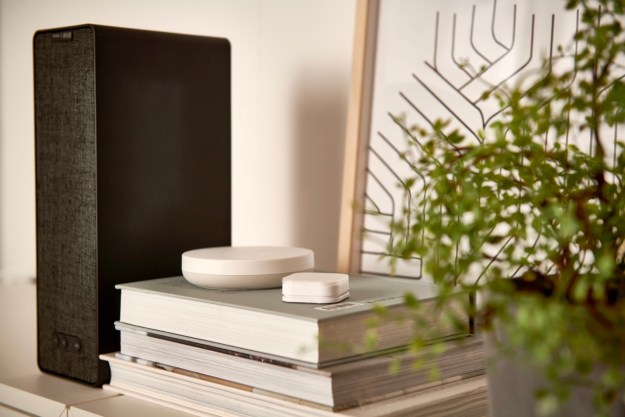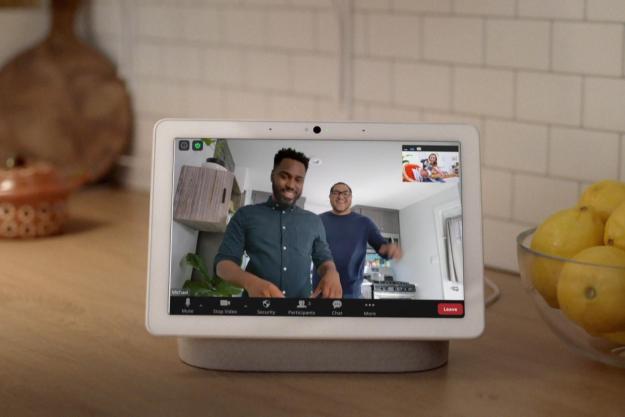GE started its FirstBuild community to create new and innovative ideas, meaning it wants to think more like a startup, and less like a giant, international conglomerate. The result of this online and in-person collaborative effort is not only creative, but cool too. Because it’s a refrigerator. It’s not just any old fridge either, because like many home appliances, it’s a smart refrigerator.
Dubbed the ChillHub, it’s more like a PC than a fridge. Or a PC WITHIN a fridge. Got it? No? Exactly.
Where do we start? FirstBuild crammed two USB hubs for a total of eight USB ports into this thing, and it features built in Wi-Fi, enabling it to be run with an open source, iOS-compatible app. Using your smartphone this way provides complete control over the fridge’s components and even reports back on data collected from its sensors.
Why does something designed to keep things cold need USB ports? The FirstBuild team hopes that the ChillHub will encourage developers and engineers to come up with new ideas for what happens in the cooled interior of your fridge, beyond just storing your Brussels sprouts and last night’s meatloaf. For example, GE envisages everything from auto-fill water pitchers, scales, deodorizers, sensors to detect bacteria, and even external speakers being built in the future.
The first accessory FirstBuild will use to test the functionality of those internal USB hubs is a plugin called Milky Weigh. It’s a simple platform on which you can place a carton or jug of milk, which then keeps track of the weight of the milk and gives you a heads up when you’re running low. Smart, right? Next up (we hope) is Beer Bank, which lets you track consumption of beer and maybe keep you stocked with suds.
“There was a lot of interest in new refrigerator features that require power, Internet connectivity and the ability to communicate by sending commands and receiving information,” explained Myles Caley, FirstBuild Software Community Manager, in a press release announcing the new appliance. “ChillHub is the answer to these requests, designed by the community, for the community.”
This 27.7-cubic foot, French door style refrigerator-that-thinks-it’s-a-computer retails for a wallet-frightening $3,000 through the FirstBuild website. It’s available in black, white, slate, or stainless steel.
Editors' Recommendations
- Echo Hub vs. Echo Show 15: Which is the best smart home gadget?
- Echo Show 8 vs. Nest Hub: Does Amazon or Google offer the best smart display?
- GE Lighting launches Smart Hexagon Panels with support for Alexa and Google Home
- GE Lighting shows off flashy new smart lights at CES 2023
- Samsung reveals futuristic new smart home appliances for CES 2023


